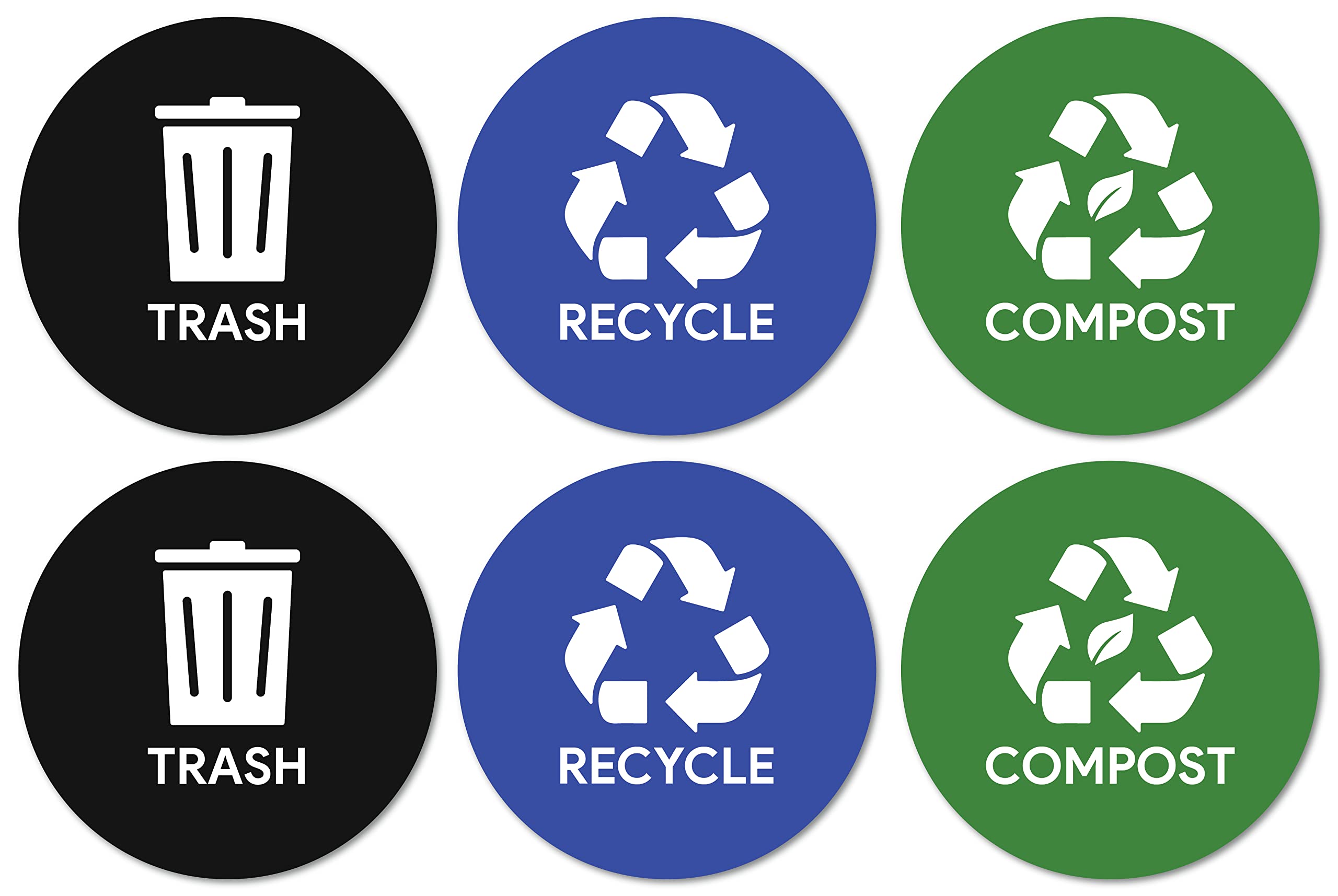
Trash vs. Compost vs. Recycling: Understanding Our Waste Options
In an age where environmental consciousness is increasingly vital, understanding the distinctions between trash, compost, and recycling is more important than ever. Each waste management method serves a purpose, but many people remain unclear about their benefits and limitations. Let’s delve into each option and explore why composting often faces challenges in availability, affordability, and resource consumption.
The Role of Trash
Trash refers to waste that cannot be reused, recycled, or composted. It typically ends up in landfills, where it contributes to a myriad of environmental issues, including greenhouse gas emissions and soil contamination. The sheer volume of trash produced daily is alarming; Americans generated approximately 292.4 million tons of trash in 2018 alone. When waste ends up in landfills, it not only takes up valuable land space but also leaches toxins into the soil and water supply, posing a significant threat to public health and the environment.
The Promise of Recycling
Recycling aims to reduce waste by processing materials to create new products. It conserves natural resources, reduces energy consumption, and lowers greenhouse gas emissions. Commonly recycled materials include paper, glass, plastics, and metals. However, the effectiveness of recycling programs varies widely across the country. Many areas struggle with insufficient recycling infrastructure or public awareness, leading to contamination of recyclable materials and diminishing the efficacy of these programs.
While recycling has many advantages, it is not a comprehensive solution to our waste problems. Many materials cannot be recycled indefinitely, and the recycling process itself requires energy and resources. Moreover, some recycled products may still end up in landfills if demand for them is low or if they are poorly manufactured.
The Benefits and Challenges of Composting
Composting is a natural process that transforms organic waste—such as food scraps and yard waste—into nutrient-rich soil. It enriches the soil, reduces the need for chemical fertilizers, and decreases landfill waste. However, the reality is that most cities and towns in the U.S. do not have established composting programs. As a result, compostable packaging often ends up in landfills, where it cannot break down properly and contributes to the same environmental issues as conventional waste.
Furthermore, the production of compostable materials—such as bioplastics and compostable food containers—typically requires more water and energy than traditional materials. This resource-intensive process can negate some of the environmental benefits associated with composting. Although compostable materials provide an eco-friendly alternative in theory, the higher production costs, combined with their limited accessibility and availability in waste management systems, make them less sustainable in practice.
Bridging the Gaps
While recycling and composting hold great potential for reducing waste, there is no one-size-fits-all solution. Awareness and education play critical roles in improving the effectiveness of these practices. Communities must prioritize developing infrastructure that supports composting and recycling efforts, alongside advocacy for legislation that encourages sustainable practices.
Additionally, individuals can take steps to minimize waste by being mindful of their consumption habits. Choosing products with minimal packaging, supporting local composting initiatives, and advocating for better waste management policies can all contribute to a healthier planet.
Conclusion
The fight against waste is ongoing, and understanding the nuances of trash, compost, and recycling is essential for creating a sustainable future. While composting offers significant environmental benefits, its limitations in availability, cost, and resource consumption present challenges that need addressing. By embracing a multifaceted approach to waste management and encouraging sustainable practices, we can work towards a cleaner, healthier world for generations to come.